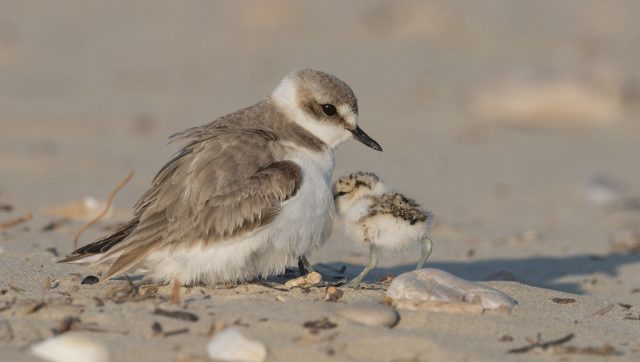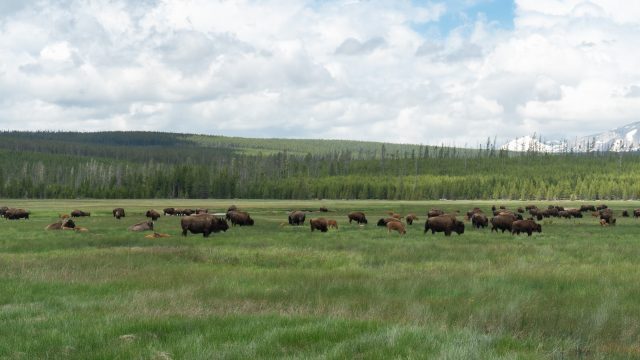Experts who study animal pheromones have traced the evolutionary origins of genes that allow mice, rats and other rodents to communicate through smell. The discovery is a clear example of how new genes can evolve through the random chance...
A previously banned insecticide, which was approved for agricultural use last year in the United States, is harmful for bees and other beneficial insects that are crucial for agriculture, and a second pesticide in widespread use also harms these...
The scientists who re-engineered the plastic-eating enzyme PETase have now created an enzyme 'cocktail' which can digest plastic up to six times faster.
A second enzyme, found in the same rubbish dwelling bacterium that lives on a diet of plastic bottles, has...
An international team of scientists studying shorebirds, led by the University of Bath, has found that successful plover parents are more likely to divorce after nesting than those that did not successfully breed, in contrast to most other bird...
The international team of researchers analyzed the results of 173 peer-reviewed studies investigating antipredator traits (behavioral and physiological) in 102 species of domesticated, captive, and urbanized mammals, birds, reptiles, fish and molluscs, while taking into account their position in...
Researchers observed three chimpanzee communities of the Tai National Park. They kept full demographic records and collected fecal samples to conduct paternity tests on all new community members, for up to 30 years. Catherine Crockford, the lead author, says:...
Scientists Dr. Chris Thorogood at the University of Oxford Botanic Garden, and Dr. Fred Rumsey at London's Natural History Museum have just described a new form of a strange parasitic "vampire" plant known as "common broomrape."
Broomrapes are sap-sucking "plant...
A fruit used for centuries in countries around the world is getting the nutritional thumbs-up from a team of British Columbia researchers.
Breadfruit, which grows in abundance in tropical and South Pacific countries, has long been a staple in the diet of...
For more than 1 million years, independent cavefish populations that are geographically and hydrologically isolated from one another have evolved to include about 29 different populations. Among them, the tiny Mexican tetra, Astyanax mexicanus, which comprises river-dwelling surface fish...
Phosphorus is essential for agriculture, yet this important plant nutrient is increasingly being lost from soils around the world. The primary cause is soil erosion, reports an international research team led by the University of Basel. The study in...
Sharks' non-bony skeletons were thought to be the template before bony internal skeletons evolved, but a new fossil discovery suggests otherwise.
The discovery of a 410-million-year-old fish fossil with a bony skull suggests the lighter skeletons of sharks may have evolved from bony ancestors,...


















